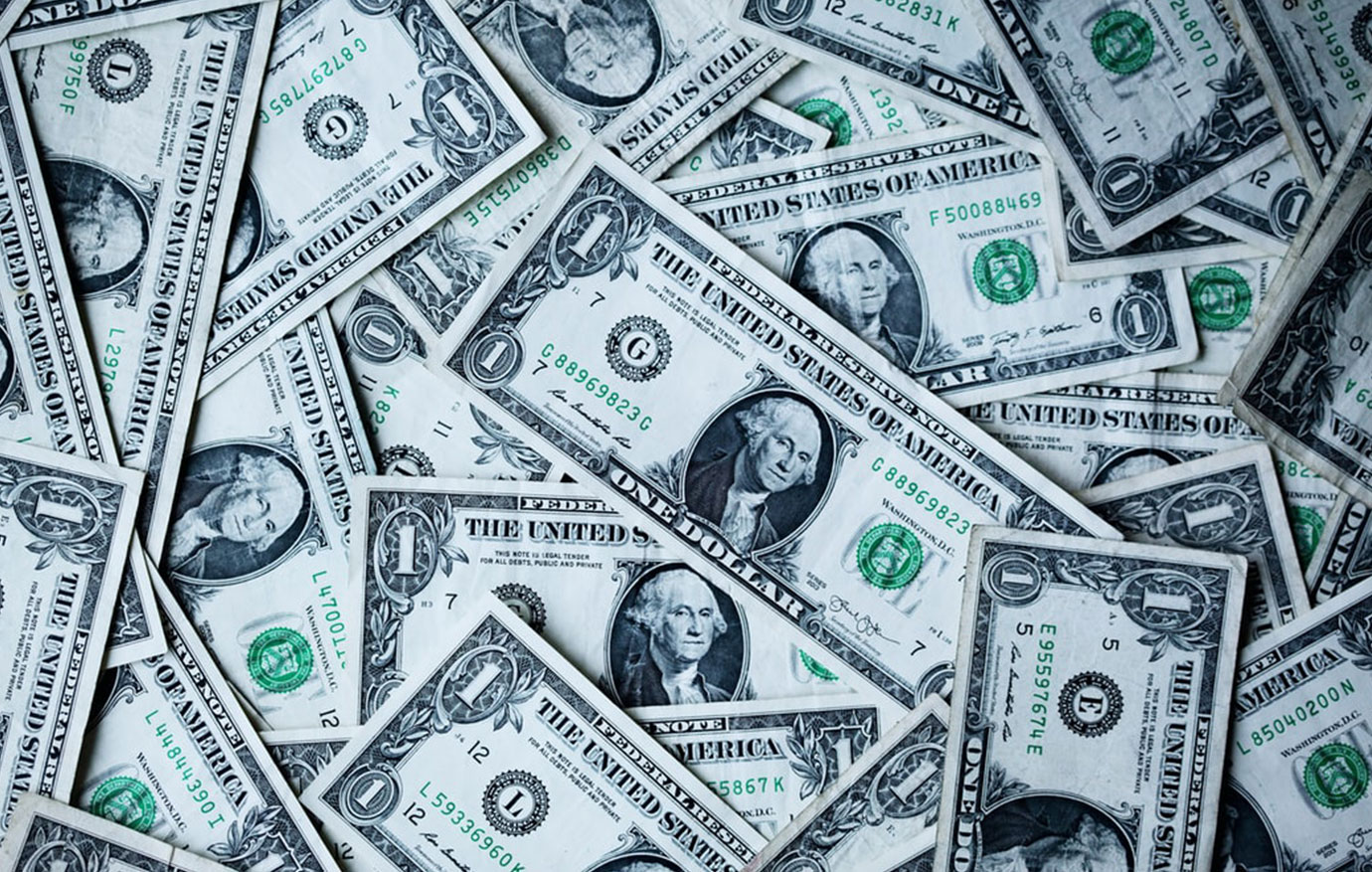
Economic Growth Requires Savings, Not Money Pumping
The U.S. personal savings rate eased in September to 3.1 percent from 3.4 percent in August. In September 2021 the savings rate stood at 7.9 percent. By popular thinking, a decline in the savings rate during an economic slowdown is regarded as supporting economic activity.
In the National Income and Product Accounts (NIPA), savings are established as the difference between disposable money income and monetary outlays. Disposable income is defined as all personal income minus taxes. Personal income includes wages and salaries, transfer payments, income from interest and dividends, and rental income.
The NIPA framework is based on the Keynesian view that spending by one individual becomes part of the income of another individual, so the spending of the purchaser is the income of the seller. From this, it follows that spending equals income, so maintaining spending maintains income.
Increases in the supply of money affect the total amount of money spent. Consequently, the greater the expansion in the money supply, all other things being equal, the more will be spent, increasing national income, resulting in an increase in savings as well.
Note again that in the NIPA’s framework, increases in the money supply is an important factor for the increases in savings. Does it however make sense that increases in the money supply are associated with increases in savings? If this is so, then the central bank can be seen as instrumental to the process of savings formation and economic growth.
How savings support goods production
Savings, however, are not about money but about consumer goods produced in excess of the consumption of these goods. For instance, if a baker produces ten loaves of bread and consumes two loaves his savings are eight loaves of bread.
Now, in order to enhance his oven the baker hires the services of a technician. The baker pays the technician with the saved bread. The saved bread enables the technician to maintain his life and wellbeing while he is busy improving the oven. With an improved oven, the baker can increase the production of bread.
We can derive from this that the producers of consumer goods by exchanging these goods for the goods of other producers can supply them with the means of support. The saved consumer goods support individuals in all the stages of production. From the producers of consumer goods to the producers of raw materials, the producers of tools and machinery, and all the other intermediate stages of production.
If the production of consumer goods were to increase, all other things being equal, the pool of savings also increases. This permits a further enhancement and the expansion of the infrastructure.
An expanded pool of savings allows individuals to introduce new stages of production, which prior to the expansion in the pool of savings could not be undertaken. This in turn permits the production of a larger quantity and a greater variety of consumer goods.
In addition, once there has been an adequate increase in the pool of consumer goods, individuals would then be in a position to aim at further enhancing their wellbeing by seeking things such as entertainment and service-related products – such as medical treatment etc.
Introducing money
The introduction of money does not alter what we have said so far. A producer of consumer goods exchanges his saved goods for money. He can in turn exchange the received money for other goods and services. By exchanging his savings for money, he has supplied the other producer with consumer goods.
Whenever individuals acquire capital goods such as machinery, they transfer money to the individuals who are employed in the making of the machinery. With the received money, the machinery maker can choose to exchange it not only for consumer goods but also for various non-consumer goods and services.
Money in this situation is not the means of payment but the means of exchange. People pay with what they produce – not with money.
Commodities, says Say, are ultimately paid for not by money, but by other commodities. Money is merely the commonly used medium of exchange; it plays only an intermediary role. What the seller wants ultimately to receive in exchange for the commodities sold is other commodities. (p. 65-66)
Moreover, according to Rothbard:
Money, per se, cannot be consumed and cannot be used directly as a producers’ good in the productive process. Money per se is therefore unproductive; it is dead stock and produces nothing. (p. 670)
Via money, an individual can channel savings i.e., unconsumed goods to other individuals, which, in turn, permits the widening of the process of wealth generation. Whenever someone deems it necessary, he can always exchange his money for goods.
This, however, requires that the flow of consumer goods stays unabated. Therefore, whenever the holder of money decides to exchange some of it for goods, these goods are there for him.
What matters for economic growth is real savings, not monetary savings. The total real savings, however, cannot be determined since a meaningful average of the prices of goods cannot be established (p. 734).
Do people save money?
People do not save money but, instead, exchange it for goods and services. Once savings (saved consumer goods) are exchanged for money, the holder of the money can employ it immediately to exchange for other goods or hold it temporarily. How someone decides to employ his money will affect his demand for money.
Whether he uses money immediately in an exchange for other goods or puts it under the mattress, or if he keeps it in his pocket, this does not alter the given pool of savings. For example, by lending money, an individual lowers his demand for money, so the act of lending does not change the savings pool.
Likewise, if the owner of money decides to acquire a financial asset such as a bond or a stock, he transfers his money to the seller of financial assets – no present savings are affected because of these transactions.
Problems emerge, however, whenever the central bank embarks on monetary pumping. When the pumped money is exchanged for consumer goods, it amounts to consumption that is not supported by production, resulting in more money chasing an unchanged quantity of goods.
Consequently, someone holding honest money, i.e., an individual who has produced wealth discovers that he cannot get back the equivalent value of all the goods he previously produced in an exchange for money, all other things being equal. His purchasing power of money has fallen.
Any so-called economic growth occuring in the framework of loose monetary policy can take place only if the private sector manages to grow the pool of savings despite the loose monetary policies undermining this process.
Loose monetary policies give rise to non-wealth generating activities. Once the pace of non-wealth generating activities exceeds the pace of wealth generating activities, the pool of savings comes under pressure, resulting in economic decline.
Conclusions
We conclude that savings involves consumer goods production in excess of consumption of these goods. It is not about money but about final consumer goods that support the life and wellbeing of people engaged in production.
It is not money that funds economic activity but the saved pool of consumer goods. The existence of money only facilitates the flow of savings. Any attempt to replace savings with money ends in economic disaster.



